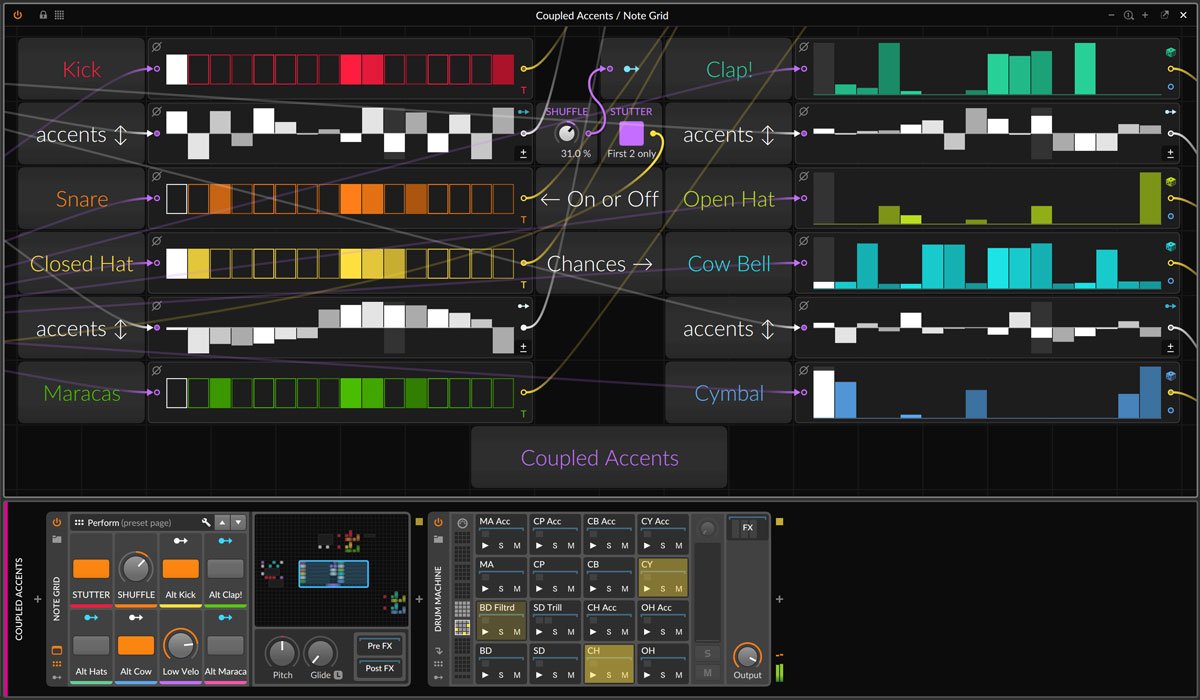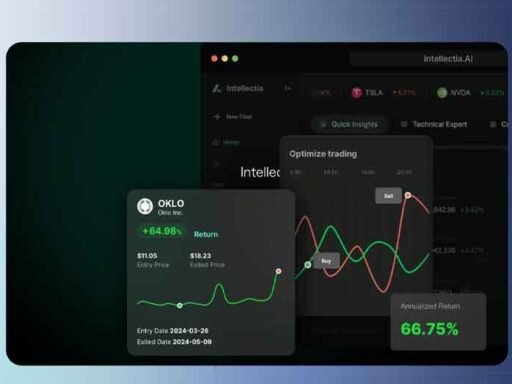Introduction to Modern Audio Programming
The landscape of audio programming has transformed dramatically over the past decade. What once required deep technical knowledge and expensive hardware is now accessible to bedroom producers and seasoned engineers alike. Among the many tools available today, two distinct philosophies have emerged that represent fundamentally different approaches to sound creation.
On one side, we have Faust – a functional programming language that treats audio as mathematical expressions. On the other, Bitwig Grid offers a visual, modular environment where creativity flows through cable connections and module interactions. Each approach attracts different types of creators, yet both can produce equally stunning results.
The choice between these platforms often reflects more than just technical preference. It reveals how we think about sound, creativity, and the relationship between artist and tool.
Understanding Faust Programming Language
Faust, short for Functional Audio Stream, represents a fascinating intersection of mathematics and music. Developed at GRAME-CNCM, this domain-specific language treats sound as streams of data flowing through functional transformations. Unlike traditional programming languages that require extensive boilerplate code, Faust allows developers to express complex audio algorithms in remarkably concise syntax.
What makes Faust particularly compelling is its compiler architecture. A single Faust program can be compiled to run on everything from web browsers to embedded systems. This “write once, run anywhere” philosophy has made it popular among researchers and developers who need to deploy their audio algorithms across multiple platforms.
The learning curve can be steep for those unfamiliar with functional programming concepts. However, once mastered, Faust offers an elegant way to express audio processing ideas that would require hundreds of lines of code in traditional languages.
Exploring Bitwig Grid’s Visual Approach
Bitwig Grid takes a completely different approach to audio programming. Instead of writing code, users work with a visual canvas populated by interconnected modules. This modular environment feels more like building with electronic components than traditional software development.
The Grid’s strength lies in its immediacy. Changes are heard instantly, making it perfect for experimentation and live performance. With over 230 modules spanning everything from basic oscillators to complex phase manipulation tools, the creative possibilities are virtually endless.
What sets Bitwig Grid apart from other modular environments is its integration with the broader Bitwig Studio ecosystem. Grid patches can seamlessly interact with traditional DAW elements, creating hybrid workflows that combine the best of both worlds.
Code vs Visual: Fundamental Differences
The divide between Faust and Bitwig Grid reflects deeper philosophical differences about how we interact with technology. Faust appeals to those who think in algorithms and mathematical relationships. Every parameter can be precisely controlled, every behavior explicitly defined.
Bitwig Grid, conversely, encourages a more exploratory approach. The visual feedback loop between action and sound creates an environment where happy accidents often lead to breakthrough moments. This immediacy can be both liberating and inspiring for creative minds.
Neither approach is inherently superior. The choice often depends on the specific project requirements, personal background, and creative goals of the user.
When to Choose Faust Over Bitwig Grid
Faust becomes the clear choice when precision and optimization are paramount. Academic researchers developing new DSP algorithms often gravitate toward Faust because it allows them to express complex mathematical concepts directly in code. The resulting programs can be optimized for specific hardware platforms and integrated into larger software systems.
Commercial plugin developers also favor Faust for its ability to generate highly efficient code across multiple platforms. A single Faust program can become a VST plugin, a web application, or an embedded system component without significant rewrites.
For those comfortable with functional programming paradigms, Faust offers a level of expressiveness that visual environments struggle to match. Complex control structures and algorithmic compositions become natural extensions of the language itself.
When Bitwig Grid Excels
Bitwig Grid shines brightest in creative and performance contexts. Electronic musicians performing live often prefer the Grid’s visual interface because it provides immediate visual feedback about the current state of their patches. This transparency becomes crucial when making real-time adjustments during a performance.
The Grid also excels as a learning platform. Newcomers to audio programming can see the direct relationship between modules and their sonic output. This visual learning approach often proves more intuitive than parsing lines of code.
For rapid prototyping and experimentation, few tools match the Grid’s efficiency. Ideas can be tested and refined in minutes rather than hours, making it an excellent choice for creative exploration and sound design work.
Bridging Both Worlds
The most interesting developments in audio programming often occur at the intersection of different approaches. Some forward-thinking producers have begun using Faust to create custom modules that they then integrate into Bitwig Grid workflows. This hybrid approach leverages the mathematical precision of Faust with the intuitive interface of the Grid.
While direct integration between Faust and Bitwig Grid remains limited, creative users have found workarounds. Custom Faust-compiled plugins can be loaded into Grid patches, creating unique hybrid instruments that combine the best aspects of both platforms.
As both platforms continue to evolve, we may see more formal integration possibilities emerge. The audio programming community has consistently pushed the boundaries of what’s possible when different tools work together.
Getting Started with Each Platform
Beginning your journey with Faust requires some preparation, but the investment pays dividends. The official Faust website provides comprehensive documentation and a growing library of examples. Starting with simple oscillators and filters helps build familiarity with the functional programming paradigm before tackling more complex projects.
Bitwig Grid offers a more immediate entry point. Simply loading Bitwig Studio and adding a Grid device to your project opens up a world of possibilities. The included preset library provides excellent starting points for exploration, and the visual nature of the interface makes experimentation feel natural from the first session.
Both platforms benefit from active communities of users who share knowledge and techniques. Online forums, video tutorials, and collaborative projects provide ongoing learning opportunities for users at every skill level.






